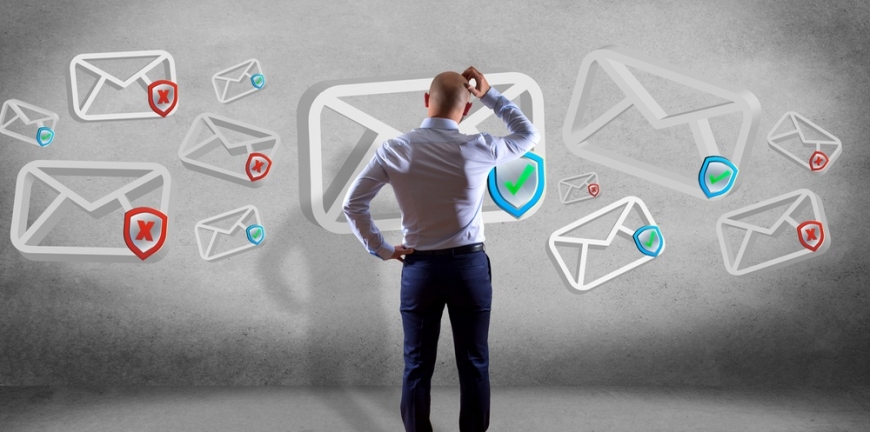
How to Make Sure Your Email Campaign Doesn’t Get Marked as Spam
Sending out mass emails for a marketing campaign always carries the risk of your messages landing into someone’s spam folder. Not only is it bad for business, but your company can potentially get sued for sending spam messages. Email service providers (ESPs) will also ban your account if too many people mark your messages as spam. (Sadly, data from MailChimp shows that even legitimate campaigns get marked for spam about 0.01% of the time.) Make sure you follow these simple rules to avoid spam filters:
1. Build a reliable email list. Recipients should know who you are and why they are receiving your email. For this reason, purchased lists are a terrible idea.
2. Avoid scam and spam words. People have become wary of contests they have “won,” or “free” offers that might involve handing over credit card information. They also dislike offers for new deals for things they do not want to buy. If you want to know which words to avoid, check out our list of 100 different “spam trigger” words.
3. Provide an unsubscribe link. Recipients need an easy way to back out of emails they do not want. Process unsubscribes you receive as soon as possible.
4. Do not use misleading headlines. Your subject line must always accurately reflect your content. You should under no circumstances use “Re:” or “Fwd:” to trick the recipient into thinking that you have an ongoing conversation with them.
5. Use a credible domain name. Field names like “contact@,” “feedback@,” “newsletter@,” and “support@” are all great examples of good-looking field names. Names that consist of a string of random letters and numbers will always look like spam.
6. Use a reputable ESP. An ESP that bans spam and sends only solicited messages will have a much better reputation and is less likely to be blocked than ESPs who do not.
7. Get on Whitelists. Your email marketing service (EMS) should ask providers like AOL and Gmail to whitelist your IP address or domain. In-house system users should apply to ESPs to secure a spot on the whitelist. You should also ask recipients to add you to their address book so that they will recognize your messages.
8. Monitor your domain’s reputation. Your company can bear responsibility if your partners, affiliates, or third-party EMS is sending out spam.
9. Keep consistent. Ever received a message out of the blue for something you signed up for years ago? It’s quite unusual. Customers who forgot that they signed up for your list are more likely to mark you as spam. Stick to a consistent mailing schedule so that your domain name stays familiar in their mind.
If you want to stay ahead of the marketing game, it’s imperative to keep your subscribers happy. People get dozens of unwanted emails every day. More skeptical customers will flag anything vaguely unfamiliar as spam. You don’t want to fall into this trap. Use these techniques to thrive and appeal to your loyal following.



